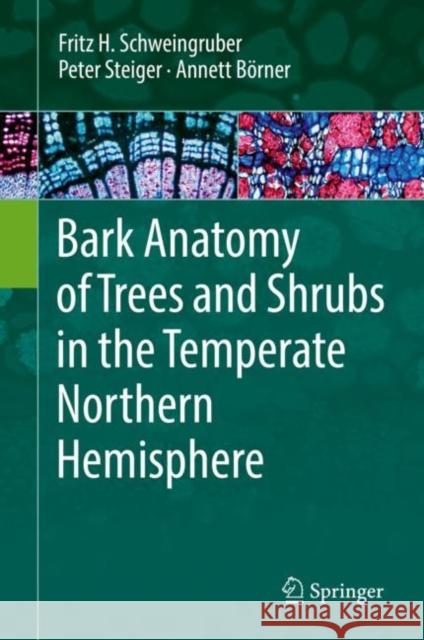Bark Anatomy of Trees and Shrubs in the Temperate Northern Hemisphere » książka
topmenu
Bark Anatomy of Trees and Shrubs in the Temperate Northern Hemisphere
ISBN-13: 9783030140557 / Angielski / Twarda / 2019 / 394 str.
Bark Anatomy of Trees and Shrubs in the Temperate Northern Hemisphere
ISBN-13: 9783030140557 / Angielski / Twarda / 2019 / 394 str.
cena 726,29
(netto: 691,70 VAT: 5%)
Najniższa cena z 30 dni: 655,41
(netto: 691,70 VAT: 5%)
Najniższa cena z 30 dni: 655,41
Termin realizacji zamówienia:
ok. 22 dni roboczych
Bez gwarancji dostawy przed świętami
ok. 22 dni roboczych
Bez gwarancji dostawy przed świętami
Darmowa dostawa!
Kategorie:
Kategorie BISAC:
Wydawca:
Springer
Język:
Angielski
ISBN-13:
9783030140557
Rok wydania:
2019
Wydanie:
2019
Ilość stron:
394
Waga:
0.72 kg
Wymiary:
23.9 x 16.33 x 2.54
Oprawa:
Twarda
Wolumenów:
01











